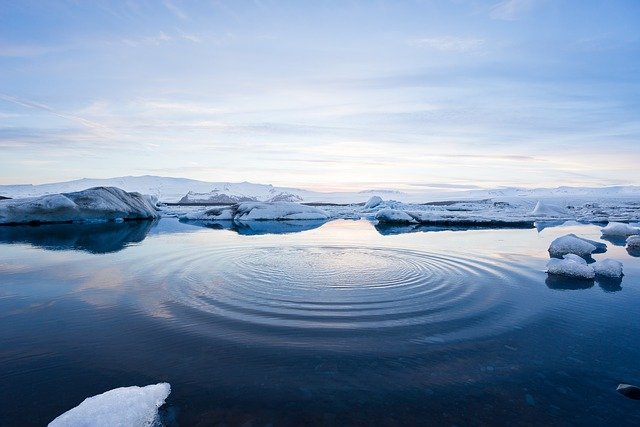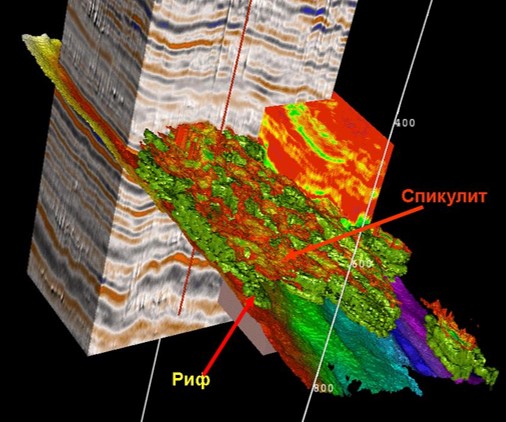Benefit #1
The company is registered in Russia
| Number of holders of ordinary shares | Number of shares | Percentage of total shares | |
|---|---|---|---|
| Russian legal entities | 1 | 100 000 | 100% |
| TOTAL | 100 000 | 100% |
The company is registered in Russia
Transparent ownership history
The entire range of preparatory work for the drilling of priority wells was carried out at the licensed areas
License agreements extended until 2027
Flexible terms of the deal for a potential investor
According to foreign experts, the sites are of commercial value, there is a possibility of discovering





| - Until 2024/12/31 perform the exploration and appraisal plan |
| - Until 2027/10/31 one well in each license area to be drilled |
| - Until 2027/12/31 to present to the federal fund of geological information the final report on the results of geological studies of the subsoil area |
| - Until 2027/12/31 in the case of the oil field discovery make reserve calculation hydrocarbons and submit it to the State Balance in the established order |